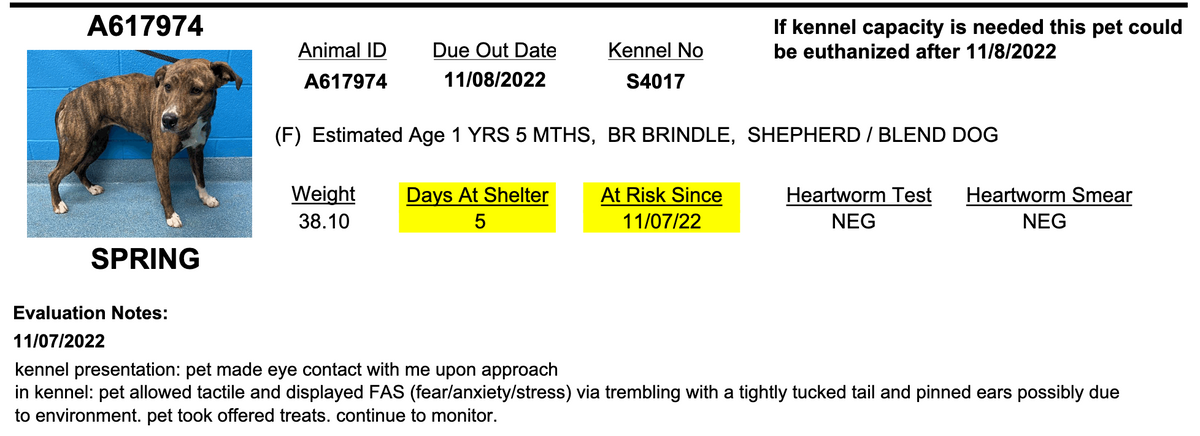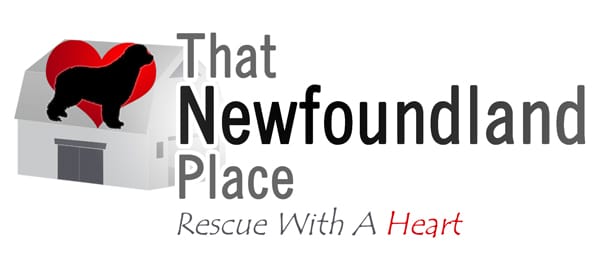Let’s Stop Denying the Reality that we are Denying Dogs their Lives, and Change the Language of Euthanasia.

Let’s Stop Denying the Reality that we are Denying Dogs their Lives, and Change the Language of Euthanasia.
Luxurious thinking. Denial. Infowars. Cultural division. Is there anything more dangerous for a vulnerable, homeless animal, in a society riddled with such human weaknesses? More relevantly, how do we begin to change the status quo, and stop pretending, that shelters are just that – a safe haven for a homeless animal – until they find permanent place?
As with all human challenges, the first step is difficult. And yet, not complicated:
Acceptance.In this case, let’s stop denying that many beleaguered, underserved and overwhelmed shelters in our country are shelters at all. Let’s call them what they are:
Killing places.
At present, a homeless dog (or cat) stands a fifty-fifty chance of making it out alive.
Does the guy standing in line outside of San Antonio Animal Control Services next to his neighbor on a Saturday morning know that he’s bringing his best friend to his death? Why, you may ask, does it matter at all, in a society filled with people more concerned with $4 a gallon gas prices, than the life of their beloved dog?
It matters to the dog. It matters to dogs like Spring, or to the thousands of his friends, who find themselves in these places through no fault of their own. It matters because they are being harmed – deprived of their intrinsic right to live, robbed of joy, health, fulfillment – their opportunity to express and give back love and gratitude.
Great, too, is the harm being committed against animal lovers, many of who get into animal welfare, who suffer the threat and loss of these animals. Some exhaust precious life energy, financial and emotional resources and physical space, in their attempt to save, care for, support and advocate for the lives of these animals. They suffer burnout, despair and overwhelm. Some even resort to taking their own lives when all efforts pale in comparison to the reality they’ve taken on.
So, let’s encourage the policymakers, the legislators, the people in charge, to see the radical harm they are creating with their engaged actions and frustrating passivity. Let’s address the human-caused problem of shelters and killing of homeless animals, and begin to call them what they are:
Killing places.
Again, Why?Words matter. Narrative is crucial in controlling the hearts and minds of Citizen Jane. Language is powerful, framing perceptions in our psyches and feelings in our hearts. Terms mean something. Think about it: President Vladimir Putin frames his narrative around his actions against his democratic neighbors in Ukraine, as:
A military operation.
He promulgates a rule prohibiting use of the term war or invasion against his own people, taking away their jobs and imprisoning them for several years, for employment of the wrong term.
Words matter.
Let’s start by ceasing use of the term euthanasia, which means good deathin Greek. The term was meant for alleviating suffering in the face of no good outcome. Is that really the case, with a dog like Spring? At one and a half years old, is there really no good outcome, other than euthanizing for kennel space, -- in other words, making room for his friends waiting in line behind him?
Animal rights philosopher Thomas Regan deeply thought about the use of this term. Such intellectual expenditures are worthwhile, for the reasons already stated. They give us license to act in certain ways and perpetuate denial.
But Thomas Regan wasn’t given to such falsities of mind. He called what shelters are doing accurately:
Virtually, all cases where healthy, unwanted pet animals are said to be euthanized fail to qualify as euthanasia.Because these animals are healthy, killing them can only erroneously be classified as preference-respecting [for pleasure, pain, freedom, will to live, etc.]. And because those who kill these animals could refuse to do so, instituting instead the policy, as a few shelters do, of keeping animals until they are adopted into a responsible person’s home, it is false that these animals (that is, the ones already in the shelter, the ones who would be killed) are better off dead than they would be alive. On the contrary, there is every reason to believe that these animals would be better off alive, if those who ran the shelter took proper care of them until they were adopted.
Even assuming they are killed by the least painful means available…and granting that they believe they are acting in the interests of the animals they kill, what they do is not euthanasia, properly conceived. It is no more true to say that healthy dogs and cats are euthanized when they are ‘put to sleep’ to make room for other cats and dogs at animal shelters than it would be true to say that healthy derelicts would be euthanized if they were ‘put to sleep’ to make room for other derelicts at human shelters…
To acknowledge that these animals are not euthanized but are killed will not resolve the moral dilemma face those who work in animal shelters. It might, however, help occasion a fresh reexamination.
(The Case for Animal Rights,Regan, p. 115-116 (Emphasis added.))
Even more poignantly, Regan argued the case for dogs expressing preference interests – they make conscious. intentional choices around their pains and pleasures – they choose to play in joy or rest in exhaustion – they choose to eat when hungry or refuse when sick or satiated. They choose to lie alongside the couch with us or resist our company and take solitude in another room. The consciousness of animals has long been proven, and I will spare you, dear reader, the tedium of boring reiterations on the ways in which they conduct themselves as separate, sentient, beings. (For further reading, there is Regan, Peter Singer, and Marc Bekoff – who write on the emotional lives of animals, to name a few.)
Animals can make conscious decisions in favor of their lives. They choose to avoid pain and suffering – much as these animals do when they react in fear when in a shelter. They suffer when detained, they suffer when caged, they suffer when led down the hall to the euthanasia room. They sense, as they are highly intelligent creatures with developed acuity, that they are approaching death. They know and are aware of the ones who have gone before. They resist the reality that their healthy, full lives are about to end. They are expressing a preference to live – not out of fear for suffering, but out of a preference for the life that the shelter workers are deliberately and intentionally taking.
The term euthanasia, then, softens the actions ofshelter workers – it allows for luxurious thinking that depriving a dog like Spring (or his friends behind him) of life is alleviating some suffering. It justifies their wrongful policies and ensuing actions. It also allows dog owners, animal control officers, and others imposing their will on these animals to continue their actions.
Even worse, softening and justifying with wrongful terms perpetuates the lethal cycle.
Are all shelters killing places?
No. Some, in more progressive, enlightened or educated communities are actual safe havens for animals. They provide what’s needed for an animal while it’s in a state of flux – veterinary care, exercise, food, bedding, socialization, training – until he finds his forever home.
Those places, of which I feel gratitude to know of several in my own community, are truly shelters. Those have gone beyond the daunting challenges of pet overpopulation and are justified in accurately employing the term euthanasia, when resorting to such actions and faced, truly, with no good outcome.
All of this matters, as denying reality contributes to a culture where people deny responsibility for their behavior. Where people are allowed to breed dogs in their backyard, keeping them caged in dangerous and unsanitary conditions, and abdicating responsibility for their beautiful lives. It gives license to people breeding dogs they’d prefer to see – without ever acknowledging the reality that the ones without homes are being killed in their community shelters. And it harms the people in those communities, who love those animals and would give all their life energy and resources to them.
Change is difficult, but not impossible. Foster-based rescues, socially conscious shelters, and progressive animal welfare professionals are all evidence that change is possible. If we want to change the reality of homeless animals in our struggling communities, let’s stop denying our actions, accept our failures, and call what we’re doing what it is –
Killing homeless animals.
Let’s stop softening our actions and admit responsibility – from there, well, you know the saying – anything is possible.
Even a good outcome, for a dog sitting in a high-kill shelter in San Antonio, named Spring.





Comments ()